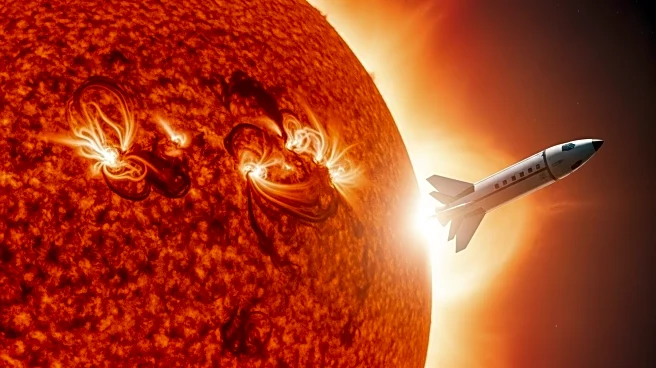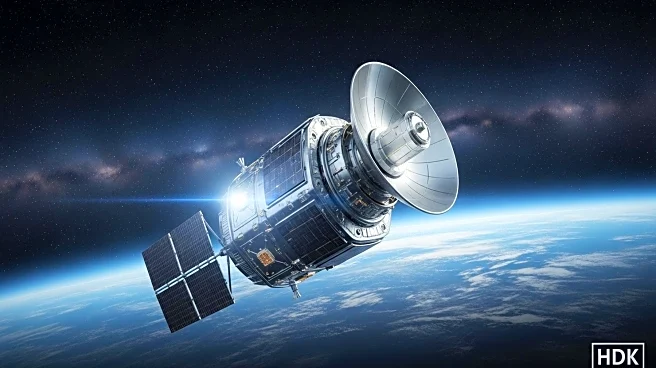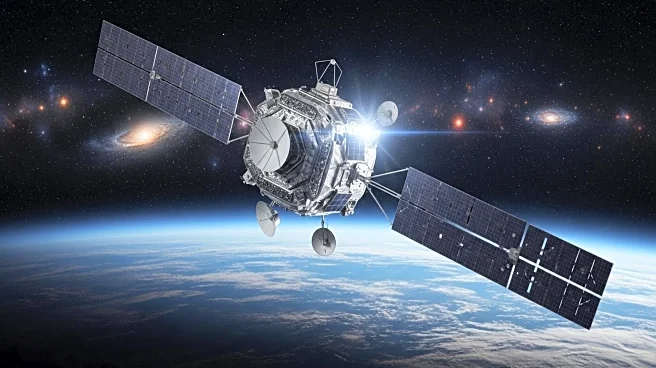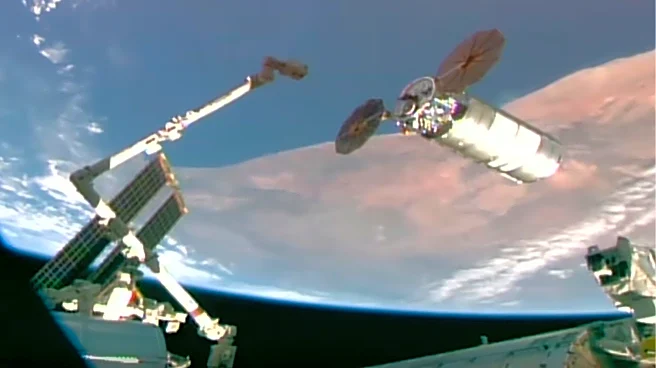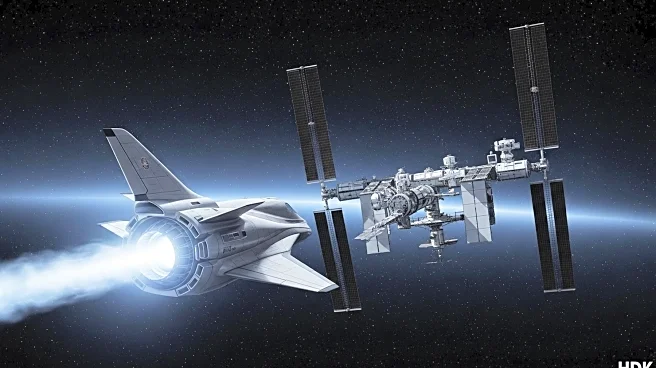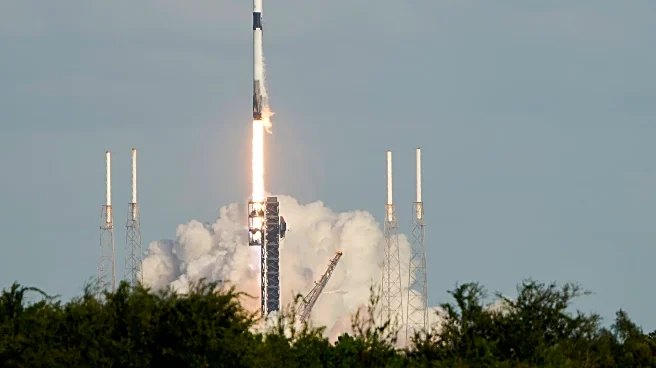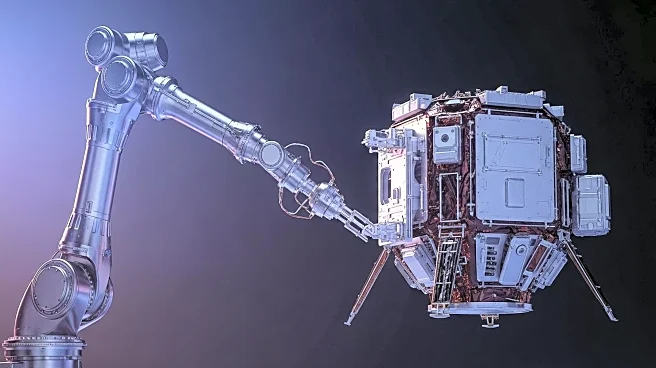What's Happening?
On September 23, 2025, SpaceX will launch three spacecraft on a Falcon 9 rocket from Kennedy Space Center, Florida. The mission includes NASA's IMAP probe, NOAA's SWFO-L1 satellite, and NASA's Carruthers Geocorona Observatory. These spacecraft will travel to the Earth-Sun L1 Lagrange point, providing continuous observation of solar activity. IMAP aims to map the heliosphere's boundary and study particle acceleration, while SWFO-L1 will monitor space weather, offering real-time data on solar flares and coronal mass ejections. Carruthers will capture ultraviolet images of Earth's geocorona.
Why It's Important?
This mission is crucial as the Sun's activity is expected to rise towards its solar maximum in 2025-2026, increasing the frequency of solar storms. The data collected will help predict and mitigate space weather impacts on Earth, protecting satellites, power grids, and communications. The mission also supports NASA's Artemis moon missions by providing early radiation storm warnings, enhancing astronaut safety. The collaboration between NASA and NOAA reflects the interconnected nature of Sun-Earth science and the importance of space weather monitoring.
What's Next?
After launch, the spacecraft will cruise for about four months to reach L1, entering orbits around the point and undergoing testing. By March 2026, they are expected to begin their primary science operations. The data collected will feed into prediction models, potentially improving lead time for space weather warnings. This mission sets the stage for future initiatives, including NASA's Heliophysics Big Year and the proposed Interstellar Probe mission, which aims to sample the interstellar medium.
Beyond the Headlines
The mission highlights the importance of international collaboration in space exploration, with contributions from various research institutions worldwide. The data collected will enhance our understanding of the heliosphere's protective role and Earth's atmospheric response to solar activity. This knowledge is vital for assessing planetary habitability and understanding atmospheric escape processes, which are key factors in climate and planetary science.

